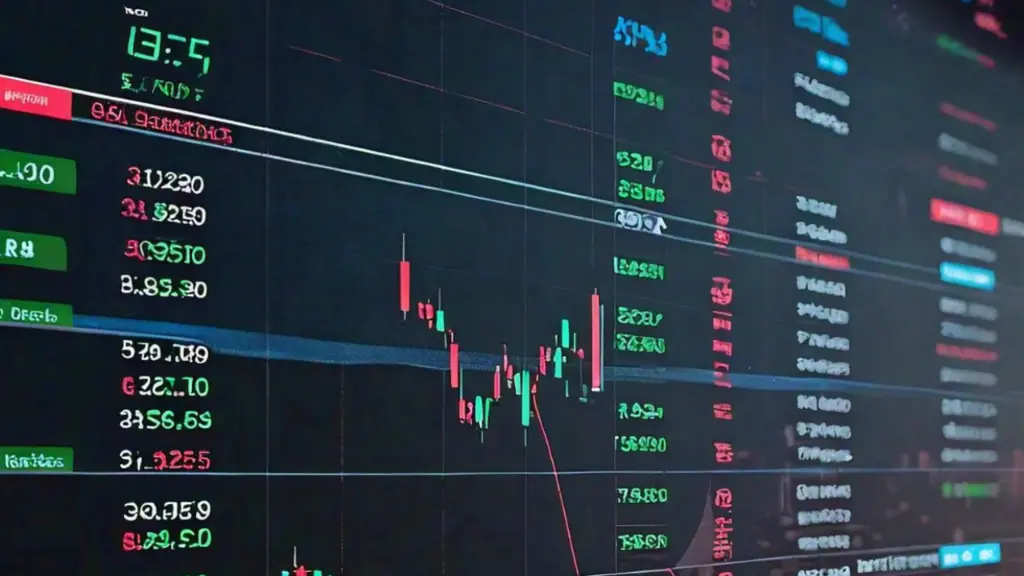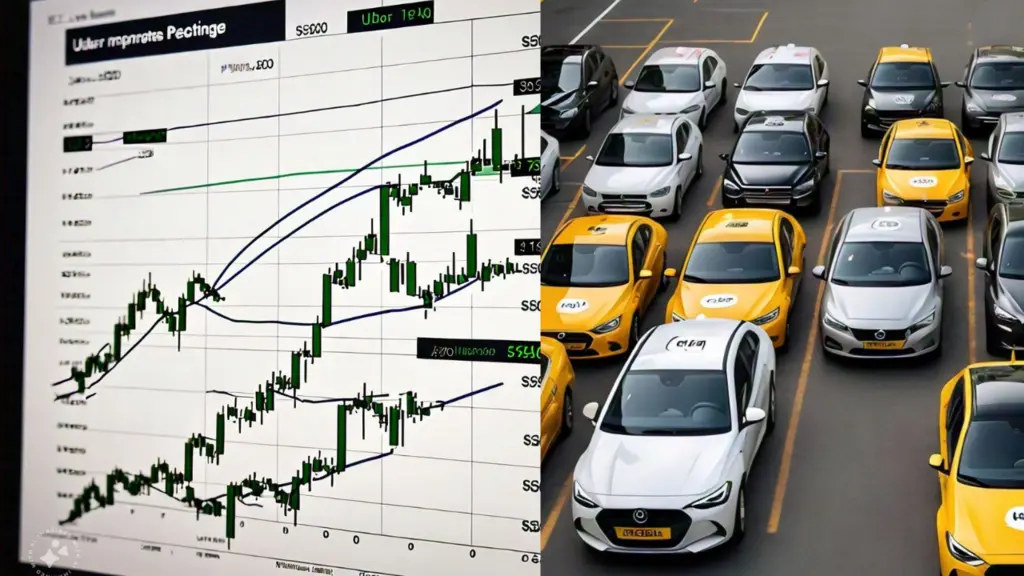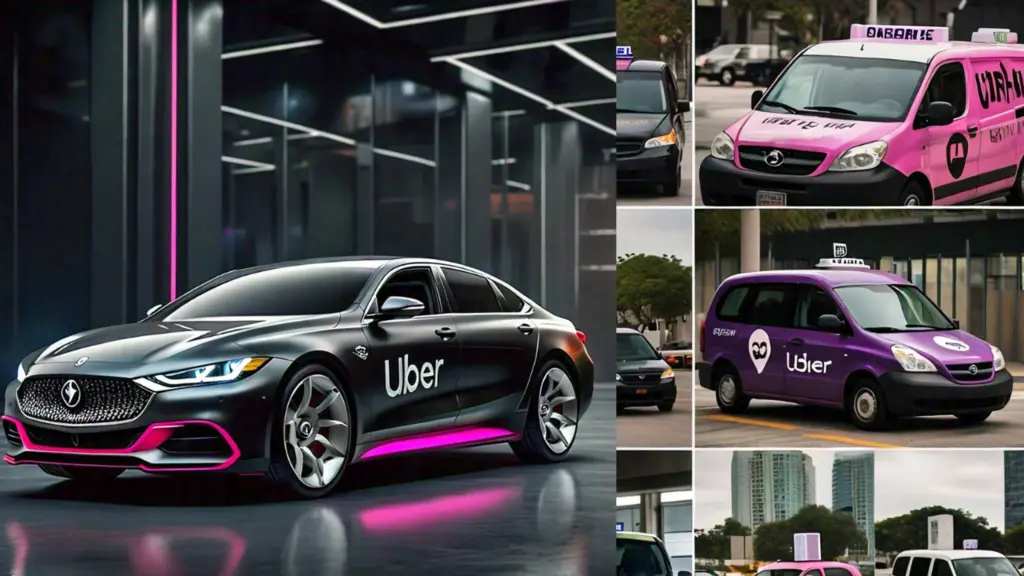Fintechzoom Uber stock: Performance, Trends, & Projections
Uber is one of the world’s best-known taxi-cab companies and its stock has become a popular investment choice for many. Using Fintechzoom, I checked Uber stock updates since they keep me up to date on the company’s current market worth and growth potential.
By reviewing the data on this platform, you can check how Uber is performing in the market and get information on where it can be headed. This will give you a better idea of whether the stock is and whether you are at the right time to invest or not. This article will tell you more about Fintechzoom Uber stock and how you can invest in it the right way.
Impact of Uber on the World
Uber has transformed the way people travel around the world, making transportation more convenient and accessible. Before Uber, people largely relied on taxis or personal vehicles but Uber introduced the concept of on-demand rides through a simple app. This innovation has transformed city transportation as you can now get rides fast with a few taps.
Uber has also made new career prospects in many nations, giving drivers flexible work schedules. You could just get a rental car and work for Uber to earn a decent wage. However, it should be noted that Uber’s impact on taxi services has sparked protests in some places.
Other than just rides, Uber Eats has moved into food delivery and changed the way we live daily. Uber’s impact on transportation and delivery services has been much as it forced other companies to reconsider how they operate.
Historical Stock Prices (2022-2024):
| Year | Opening Price | Closing Price | Annual Change |
|---|---|---|---|
| 2022 | $45.00 | $48.50 | +7.78% |
| 2023 | $48.50 | $60.75 | +25.26% |
| 2024 | $60.75 | $71.62 | +17.89% |
Note: Prices are approximate and based on available data up to November 27, 2024.
Projected Stock Prices (2025-2032):
| Year | Minimum Price | Average Price | Maximum Price |
|---|---|---|---|
| 2025 | $75.03 | $100.99 | $128.28 |
| 2026 | $106.84 | $116.54 | $126.23 |
| 2027 | $126.63 | $138.37 | $150.10 |
| 2028 | $150.20 | $164.15 | $178.28 |
| 2029 | $178.28 | $194.56 | $211.74 |
| 2030 | $211.74 | $221.94 | $232.14 |
| 2031 | $232.14 | $247.39 | $262.64 |
| 2032 | $262.64 | $280.03 | $297.42 |
Current Performance of Fintechzoom Uber Stock
First, let’s have a look at the live stock price of Uber stock through Fintechzoom:
Uber’s current stock performance on FintechZoom shows mixed trends in 2024 with analysts saying it’s a “Moderate Buy”. Uber’s stock is currently trading at approximately $79.16, with an average price objective of $78.94 which means there is a good increase. The stock has fluctuated a lot with price projections ranging from $43 to $100. Uber’s mixed revenue streams, particularly Uber Eats and Uber Freight are major growth drivers.
Despite reporting positive EBITDA for the first time in 2024, issues persist such as high operating costs. These issues have an impact on profitability. Uber has continued to invest in long-term initiatives such as driverless vehicles and worldwide development. The company has made potential value for investors.
Factors Influencing Uber Stock Price
Several factors influence Uber’s stock price which reflects the company’s strengths and market challenges. Let me show you some factors that affect the stock price of Uber:
Operational Costs
Uber’s high operating costs such as driver incentives and technological investments have a direct impact on its financial performance. Uber has improved its cost-management practices but these expenses continue to have an impact on profitability. Cost savings such as lower incentives and efficient operations are needed to boost the company’s margins and its stock performance.
Post-Pandemic Recovery
The COVID-19 epidemic had a big influence on Uber’s main business of ride-hailing which caused demand to drop dramatically. However, when economies recovered and customer mobility rose, taxi demand started to rebound. This regeneration has had a big impact on Uber’s stock performance as investors expect a return to pre-pandemic levels.
International Expansion
Uber’s expansion into overseas areas such as Latin America and the Middle East has both advantages and disadvantages. These markets have the potential for growth due to less competition but they also have regulatory and operational challenges. Currency volatility and new regulatory regimes in these locations can produce problems that harm the company’s financial performance.
Growth of Uber Eats
The increased demand for food delivery during the pandemic strengthened Uber Eats’ position as a good revenue source. With the rise of online ordering, Uber Eats has grown from a side project to a giant, accounting for a large chunk of overall revenue.
As restaurants reopened, the food delivery category grew which gave Uber a consistent revenue stream. Analysts expect Uber Eats to expand further due to a shift in customer preferences toward convenience and delivery choices.

Financial Risks of Fintechzoom Uber Stock
Investing in Fintechzoom Uber stock has several financial risks that can have an impact on both short- and long-term performance. Here are the main risks:
Profitability Concerns
Uber has struggled to maintain profitability. The company recorded positive EBITDA for the first time in 2024 but net earnings are still questionable due to high operational costs. These operational costs include driver incentives and technological investments. These issues make it difficult for Uber to maintain long-term profitability which leads to volatility in its stock price.
Regulatory Risks
Uber is facing ongoing regulatory limitations particularly regarding the definition of drivers as independent contractors versus employees. If regulators in key regions such as the United States or Europe order Uber to categorize its drivers as workers, labor expenses can rise a lot. These changes will damage Uber’s financial performance and raise operating expenses which will lead to reduced profit margins.
Market Competition
Competition from other taxi-cab companies such as Lyft as well as food delivery competitors puts Uber under constant pressure to innovate and invest. Market intensity and competition can limit Uber’s capacity to boost fares which affects revenue growth. Furthermore, failing to maintain its competitive advantage can result in a loss of market share.
Technological Investment Risks
Uber’s investments in self-driving vehicles and other technology are costly and can take years to deliver financial rewards. Uber’s stock price can suffer if these programs fail to fulfill expectations or take longer than expected to become commercially viable. Investors are uncertain about when or whether these improvements will positively benefit Uber’s bottom line.
Macroeconomic Factors
Bigger economic factors such as inflation and rising fuel prices, can hurt Uber’s operational expenses and customer demand. During economic downturns, demand for ride-sharing and delivery services may be reduced. This exposes Uber to financial risks associated with macroeconomic instability.
Fintechzoom Uber Stock Investment Strategies
Here are some successful investment techniques for Uber stock:
Dollar-Cost Averaging (DCA)
DCA means investing a set amount in Uber stock at regular periods regardless of its price. This strategy can reduce the effects of market volatility and lower your average cost per share over time. This strategy helps ease short-term risks but it does not protect against long-term decreases in the company’s performance.
Swing Trading
For more aggressive investors, swing trading can give short-term gains. Uber’s stock price reacts to news and market fluctuations. This technique requires careful market monitoring and has higher risks due to the stock’s volatility.
Buy and Hold for Long-Term Growth
This approach is suitable for investors who see Uber’s long-term potential. You can ride out market changes by purchasing and keeping the stock while benefiting from future development. However, remember that Uber is still not consistently profitable so market conditions and regulatory events can damage its success.
Investing in ETFs or Mutual Funds
If you want to diversify your portfolio, try buying ETFs or mutual funds that include Uber. This strategy lowers the risk associated with individual equities while still giving exposure to Uber’s growth potential.
Another thing you can try is options trading but it is for experienced investors who seek high-risk and high-reward techniques. Options allow you to speculate on Uber stock moves without actually holding shares. However, options trading is difficult and can result in huge losses if not executed properly.

Comparative Analysis of Uber Stock With Competitors
To understand more about Uber’s stock, let’s compare it with competitors:
Market Position and Share
Uber is a major player in the taxi-cab and food-delivery businesses. According to recent reports, it has a large market share with Uber Eats become a prominent challenger in food delivery. On the other hand, Lyft’s focus on ride-hailing in the US has limited its ability to increase services as well as Uber.
Furthermore, DoorDash is another big food delivery business and it has begun to expand into grocery delivery, putting competitive pressure on Uber Eats.
Financial Performance
In terms of financial indicators, Uber has seen much revenue growth in the delivery market. Uber’s revenue growth year-over-year has beat Lyft’s growth rate. However, both organizations have struggled to reach sustained profitability as Lyft recorded a net loss in its most recent quarter. This made Lyft consistent with Uber’s historical struggles to achieve profitability despite revenue increases.
Valuation Metrics
Uber’s different business strategy and development prospects contribute to its greater valuation as measured by metrics like price-to-earnings (P/E) ratio. Lyft trades at a lower P/E ratio than Uber which shows the market’s cautious view of its future development potential.
Growth Strategies
Uber has invested in autonomous vehicles and logistics to decrease costs and enhance service efficiency. Lyft on the other hand has focused on strengthening its ride-hailing service and user experience while not going as deeply into technological advances.
Regulatory Challenges
Both companies face regulatory challenges but Uber’s bigger market base exposes it to more regulatory concerns in many jurisdictions. Despite the importance of labor regulations for gig workers, Uber’s international presence harms compliance efforts compared to Lyft’s focus on the United States.
Investor Sentiment
Uber’s larger service offerings and worldwide presence have boosted investor confidence. On the other hand, investors are skeptical about Lyft’s growth prospects due to its poor adaptation to shifting market conditions. DoorDash’s expansion into the food delivery business has sparked much investment interest and complicated the competitive view.

Partnerships and Collaborations of Uber
Uber has made several partnerships and collaborations to improve its service offerings and increase operational efficiency. Here are a few notable partnerships the company had:
Collaboration With Auto Manufacturers
Uber has worked with numerous automakers including Toyota and Hyundai to study the creation of self-driving cars. This collaboration focuses on sharing resources and technology to speed the development of self-driving automobiles. This considerably cuts operational costs and improves service delivery. Uber will most-likely do partnerships with more manufacturers as new cars release in 2025.
Collaboration with Food Delivery Services
To expand its meal delivery business, Uber Eats has teamed with McDonald’s. This collaboration allowed customers to purchase directly from the fast-food restaurant via the Uber Eats app. Uber Eats’ market infiltration and brand recognition were enhanced through this collaboration.
Healthcare Partnerships
Uber has formed relationships with many healthcare organizations in the past, including Blaire House and MedStar Health. This was done to provide transportation solutions for people who need medical appointments. This partnership aims to decrease obstacles to hospital access and enhance patient outcomes by providing dependable trips.
Public Transportation Integrations
Uber has collaborated with several cities to integrate its services into public transportation systems. In Los Angeles, Uber’s app lets users organize trips that mix rideshare and public transit, supporting a more integrated approach to urban mobility. This agreement improved the convenience of transit options for users.
Collaboration with Delivery and Logistics Companies
Uber Freight specializes in freight transportation. It has created agreements with logistics companies to simplify operations and improve efficiency. The company has collaborations with Coyote Logistics, which aims to expand Uber Freight’s supply chain solutions and capabilities.
Technology Partnerships
Uber has also collaborated with technology companies such as Google Cloud to optimize operations and use cloud computing and data analytics. This agreement helped Uber achieve its goal of increasing its technical infrastructure and scalability.
Conclusion
Fintechzoom Uber stock gives everyone opportunities and problems to deal with. Uber’s strong market position in taxi-cab and food delivery combined with strategic collaborations shows us the potential for future growth. However, the company faces many challenges and competition from rivals like Lyft and DoorDash.
As Uber continues to innovate and extend its market footprint, tracking its financial health and industry dynamics will be important for making the best investment decisions.
FAQs
Does Uber Pay Any Dividends?
Currently, Uber does not pay any dividends. The company reinvests profit to stimulate future growth.
Is Uber’s Stock a Good Long-Term Investment?
It just depends on your investment objectives. Always consider Uber’s growth potential, market position, and financial health.
What Are Analysts Saying About Uber’s Stock?
Based on analysts, for the 12-month price predictions for UBER over the previous three months, the average price target is $90.74, with a top of $102 and a low of $77.






